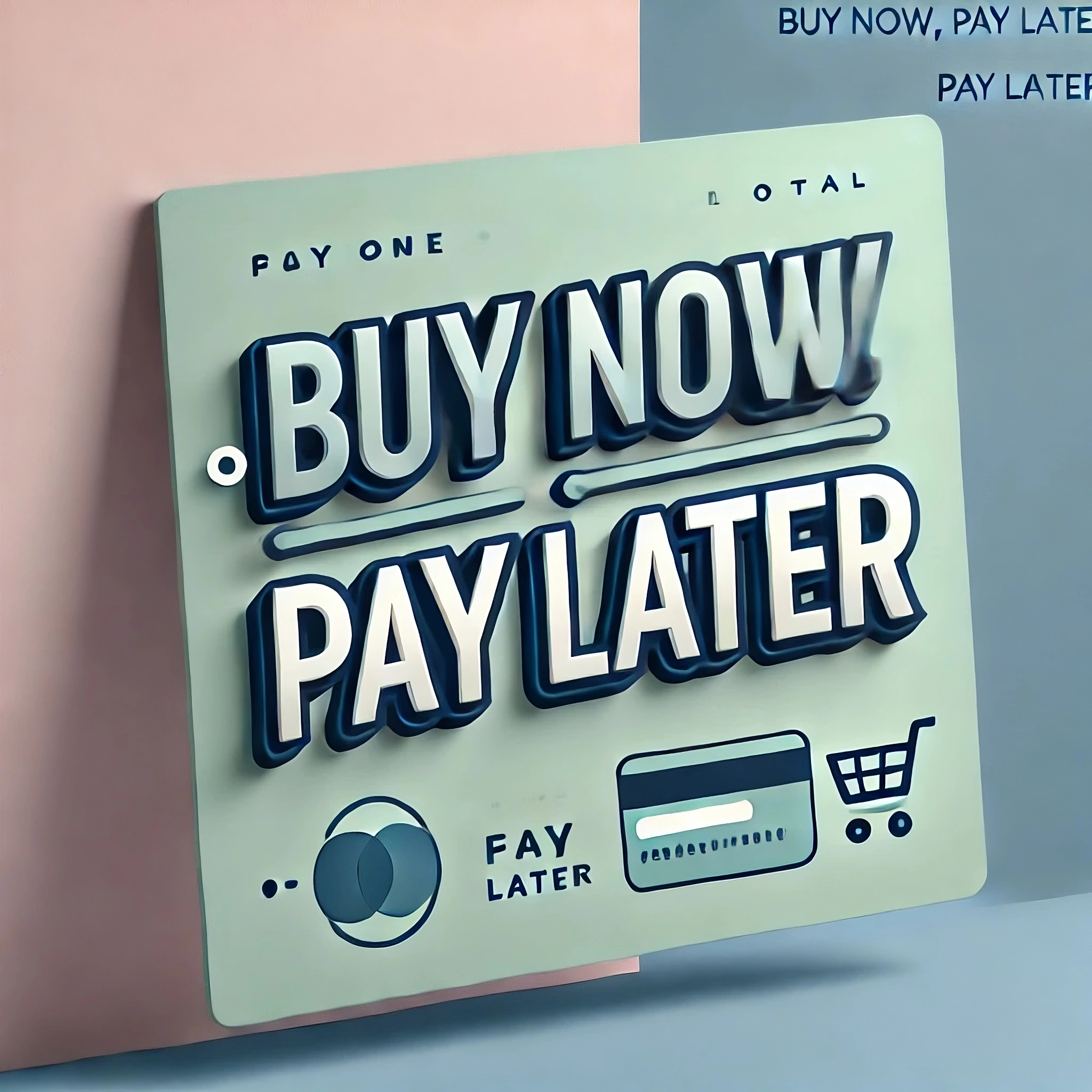In the digital age of instant gratification, Gen Z is facing a financial paradox that could reshape economic landscapes for generations to come. Buy Now, Pay Later (BNPL) services have emerged as both a financial lifeline and a potential economic quicksand, offering unprecedented spending flexibility while concealing dangerous debt traps.
Overview of BNPL Business Model
- Payment Structure:
- Consumers divide spending into interest-free instalments.
- Merchants bear the costs of the BNPL platform.
- Benefits:
- Consumers manage expenses with low or no fees.
- Merchants gain access to a broader customer base.
- Risks:
- Imprudent spending or lack of understanding can lead to overindebtedness.
Key Findings
- Costs & Revenues:
- Merchants: Pay high fees to transfer credit risk and attract customers.
- Platforms: Rely on fees for revenue but face challenges in profitability due to high operating costs and rising credit losses.
- Credit History: BNPL schemes are accessible to consumers without credit history or stable income and typically do not affect their credit scores.
- User Characteristics:
- Riskier Profiles: BNPL users are generally younger, less educated, have higher debt burdens, and lower credit scores compared to traditional credit users.
- Higher Delinquency: Late payments and credit losses are higher for BNPL users, especially in the U.S., compared to credit card users.
- Global Diffusion of BNPL:
- Widespread Adoption: Stronger in countries with robust e-commerce, higher inflation, and less stringent regulation.
- Increased Usage: Common in countries with higher household debt, inefficient banking systems, and looser financial regulations.
The Allure of Frictionless Spending
Imagine purchasing that latest smartphone, those trendy sneakers, or a weekend getaway with just a few clicks – no credit check, no complex paperwork, just instant access to your desired lifestyle. This is the siren call of BNPL services like Affirm, Klarna, and Afterpay, which have revolutionized how young consumers approach purchasing.
The Numbers Tell a Stark Story
- 75% of Gen Z has used BNPL services
- 50% of consumers in US have used BNPL at least once, according to Survey
- As per survey, About one-third of BNPL users report making late payments in the past year, with 34% acknowledging recent delays and an additional 13% admitting to past late payments outside the last year. This brings the total to nearly 47% of BNPL users who have missed payments at some point, an increase from 40% in 2023.
Global Buy Now Pay Later (BNPL) Market Overview (Fortune Business Insights)
Market Size and Growth
- 2023 Market Size: USD 30.38 billion.
- Projected Growth:
- Expected to reach USD 37.19 billion in 2024.
- Estimated to grow to USD 167.58 billion by 2032.
- CAGR (2024-2032): 20.7%.
Key Insights
- Rapid expansion driven by consumer preference for flexible payment options.
- Significant adoption due to rising e-commerce penetration globally.
- Growth supported by technological advancements in payment platforms and increased financial inclusion.
India’s Buy-Now-Pay-Later (BNPL) Market(HDFC Securities)
Market Outlook
- Projected Growth:
- BNPL in India is expected to grow to USD 56 billion by FY26, capturing ~5% of digital P2M payments.
- Growth driven by increasing e-commerce and digital payment penetration.
Business Models
- Types of Models:
- Interest-free vs. EMI options.
- Distribution-based vs. balance sheet lending models.
- Challenges:
- BNPL platforms are still working on achieving economic viability.
- Limited revenue drivers and high delinquencies due to unsecured credit and a higher proportion of NTC (No Credit History) customers.
Regulatory Landscape
- Favorable Regulatory Environment:
- FinTech BNPL platforms benefit from regulatory arbitrage, but regulatory convergence is anticipated, especially with the RBI’s recent stance on digital lenders.
- Incumbents like HDFC Bank’s FlexiPay and ICICI Bank’s PayLater have the opportunity to expand customer bases through in-house offerings or partnerships.
- Other examples: Simpl, ZestMoney, LazyPay, Paytm Postpaid, Flexmoney, ePayLater, Amazon Pay Later, Mobikwik ZIP, PostPe, Slice.
Credit Card vs. BNPL
- Credit Cards:
- Most exhaustive and profitable product in the credit space.
- Provide an upsell opportunity for credit-tested BNPL customers in the top tier.
The Psychological Economy of Instant Gratification
These services aren’t just financial tools; they’re psychological mechanisms that exploit our brain’s reward systems. By fragmenting payments, they create an illusion of affordability, transforming substantial purchases into seemingly manageable micro-transactions.
The Hidden Costs Beyond Currency Signs
- Credit Score Impact: Many BNPL services now report to credit bureaus
- Compounding Interest: Late fees and interest can quickly escalate
- Spending Normalization: Reduced friction leads to increased impulse purchasing
A Generation at the Crossroads
Gen Z stands at a critical economic junction. Raised in a digital ecosystem of immediate access, they’re simultaneously the most financially aware and the most financially vulnerable generation.
Breaking the Cycle: Financial Empowerment Strategies
- Develop comprehensive financial literacy programs
- Create transparent BNPL regulations
- Encourage mindful consumption
- Teach holistic financial planning
The Broader Economic Implications
This isn’t just a Gen Z problem – it’s an economic warning signal. As BNPL services continue to proliferate, they challenge traditional banking models and expose systemic gaps in financial education and consumer protection.
The solution isn't demonizing technology or restricting access, but creating smarter,more responsible financial ecosystems that empower rather than exploit.Final Thoughts
Buy Now, Pay Later isn’t inherently good or bad – it’s a tool. And like any tool, its impact depends entirely on how it’s used.
The real currency of the future isn’t money. It’s financial literacy.


